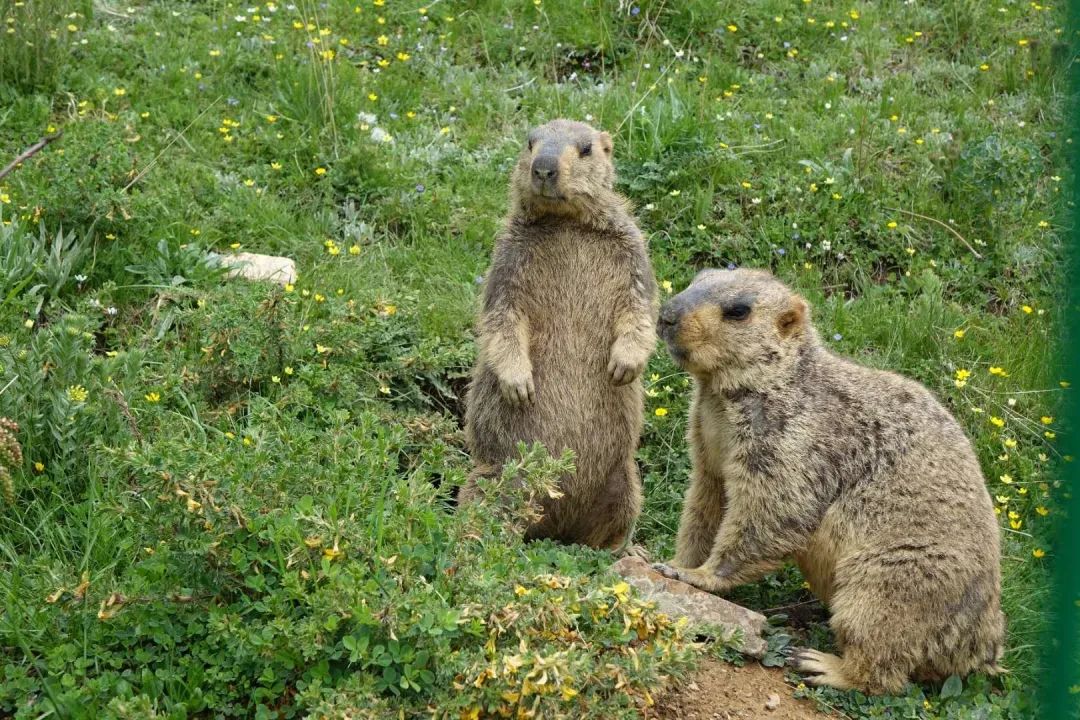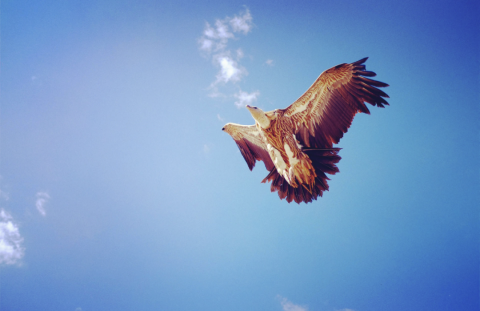
If you have no particular beliefs,
Just consider traveling as a religion.
In this way, you will be on the road of pilgrimage throughout your life.
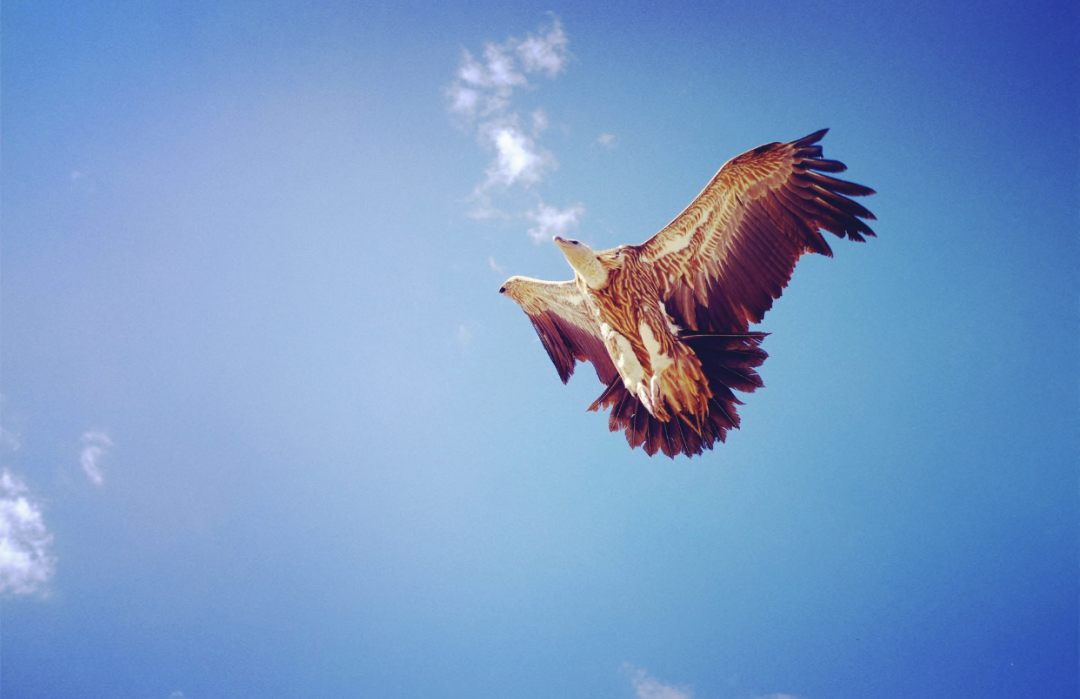
Seda is like an isolated place, and it is even a lifelong belief for some people.
I once heard that someone came to Seda once and stayed there for ten years. In such a charming place, I can't think of anything else except faith.
Seda is a Buddhist city. The most grand ceremony is the Dharma Assembly held four times a year. The merits of monks who perform good deeds will increase exponentially. Although I am not a believer, if I can see the holy scene of the holy land with my own eyes, my visit to Seda is not in vain.
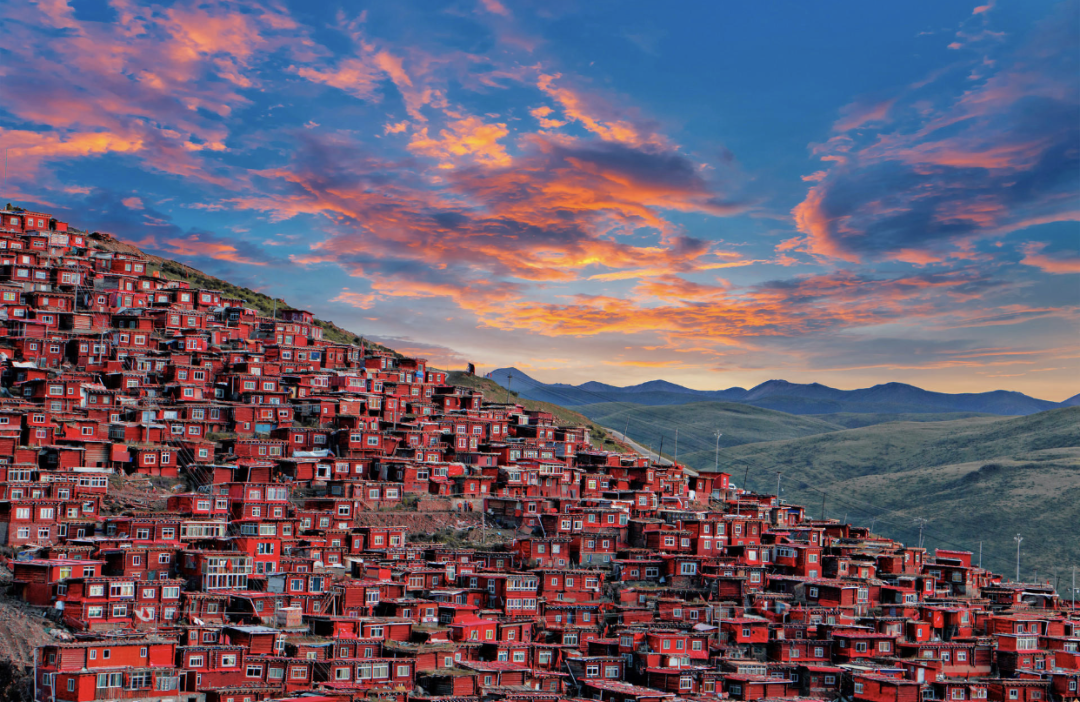
Recommended self-driving routes
The first recommended route:
Chengdu, Wenchuan, Li County, Malkang, Guanyin Bridge, Wengda, Seda
Best time to travel:
annual
Recommended itinerary:
Day1: Chengdu-Wenchuan-Li County-Markang-Guanyin Bridge
Day2: Guanyin Bridge, one Wengda and one Seda
If you choose 1 day, the driving time to Seda will be about 12 hours.
Line description:
This route is the most convenient and fastest route to Seda. After several years of reconstruction and construction, small vehicles can also run smoothly on Highway 317 in Sichuan. pass.

Second recommended route:
Chengdu Yi Ying Xiu Yi Siguniang Mountain Yi Danba Yi Ba Mei Yi Lu Huo Yi Weng Da Yi Se Da
Best time to travel:
All year round (summer and autumn recommended)
Recommended itinerary :
Day1: Chengdu, Yingxiu, Siguniang Mountain and Danba
Day2: Danba, Bamei, Huo, Wengda and Seda
Line description:
The Chengdu-Bamei section of this route is a small loop line in western Sichuan. There are many sightseeing spots. Starting from Chengdu, you will pass through Wolong Nature Reserve, Balang
Mountains, Siguniang Mountain, Danba Tibetan Village, Yak River Valley landscape, Yala Snow Mountain and other landscapes; the Laozheshan Tunnel and Bridge from Luhuo to Wengda were opened to traffic at the end of 2017 and the road conditions are good (Xiaojin -There are some potholes in the Danba section, so cars need to slow down)
Must visit attractions
1.Seda Wuming Buddhist College
This seems to be the original reason why many people come to Seda. The dotted wooden houses, the red-robed monks, the moving fingers The spinning prayer wheels, the sound of chanting lingering in my ears, the shining Buddha light It turns out that heaven is just two or three steps away.
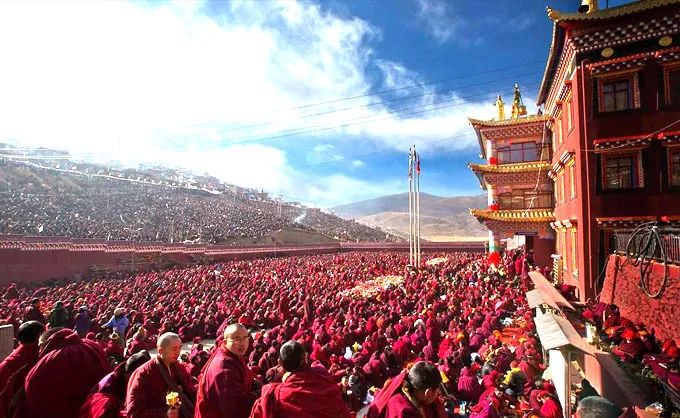
Accompanied by bursts of chanting, twilight gathers, crows return to their nests, distant mountains gradually disappear into the sunset, and a crescent moon hangs in the sky, which means that thousands of lights are gradually lighting up, which is shocking. The night view of Seda is about to appear.
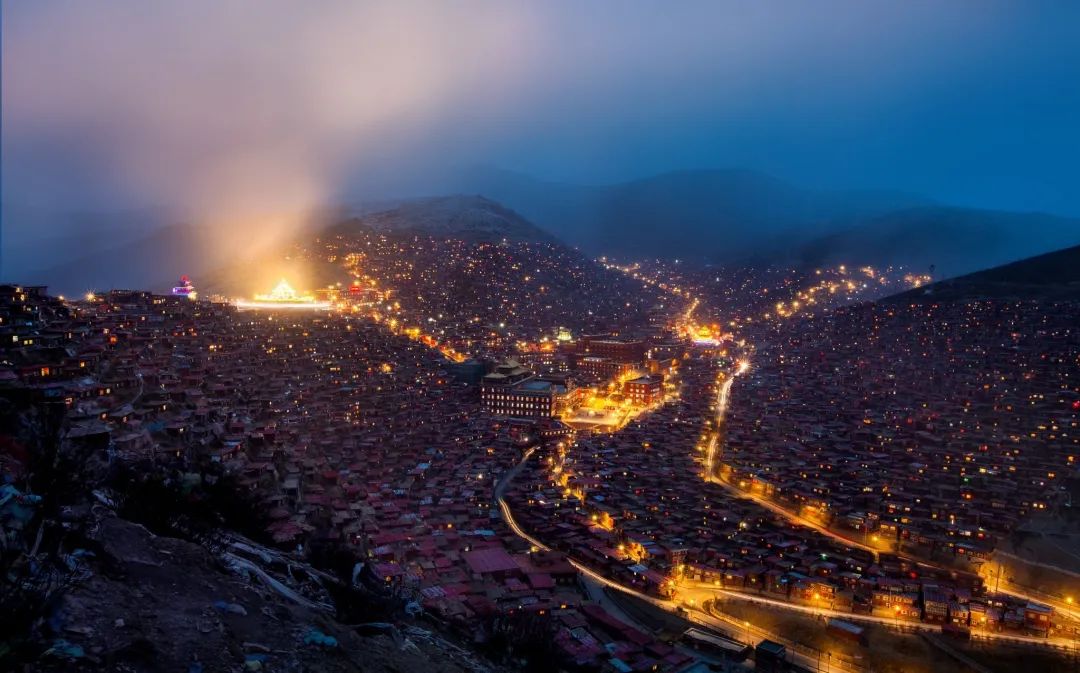
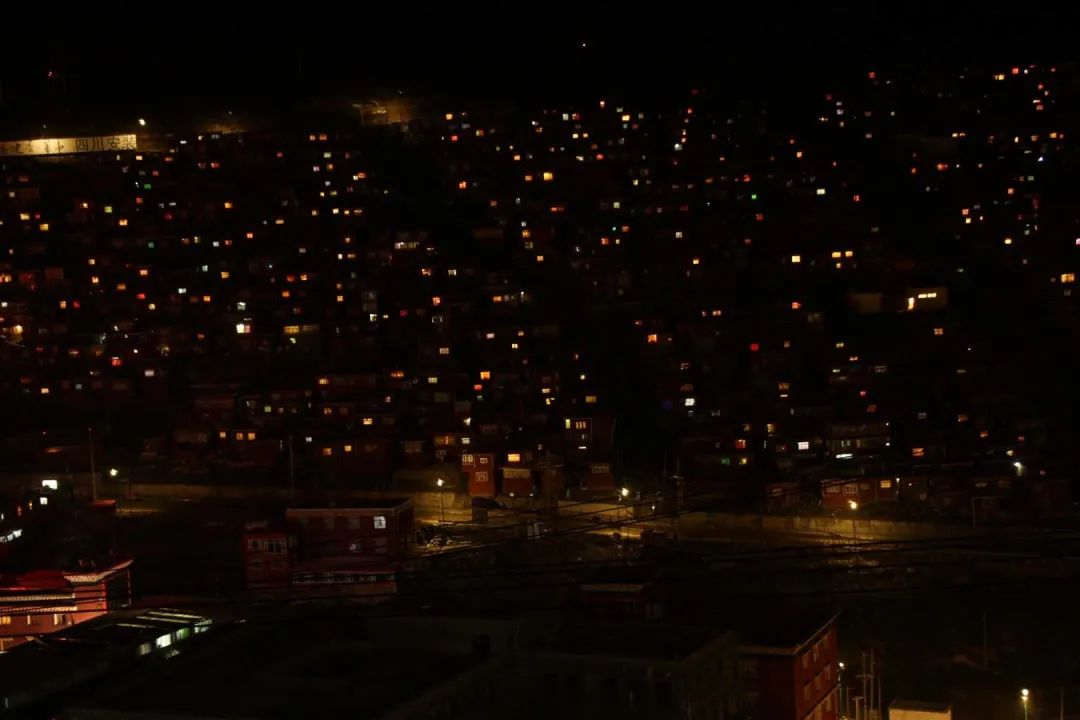
The lights of the mandala were turned on first. In the dark night, the small lights that lit up one by one made the mandala more dazzling than during the day. The mandala at this moment is also a great shooting location for the night view of the Buddhist Academy.
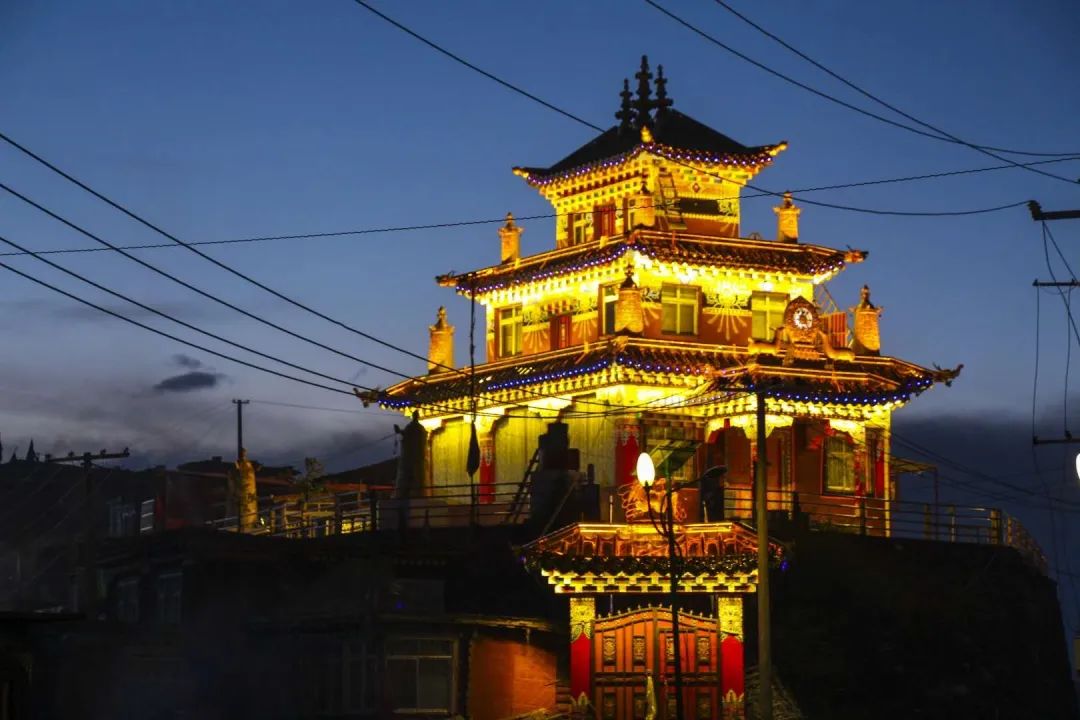
2.Seda Sky Burial Platform
Seda has the largest "Zenith Celestial Burial Platform" in Tibet. The so-called "Zenith" means "closest to heaven".

The so-called sky burial means that after death, the body is placed in a designated place, chopped into pieces by a sky burial master, and then eaten by vultures.
Sky burial usually starts around 2 p.m. and lasts for 1-2 hours.
Before starting the sky burial, you can visit the sky burial platform. There is a landmark building, Yama Mountain, which is filled with skulls to show people the meaning of death and impermanence.
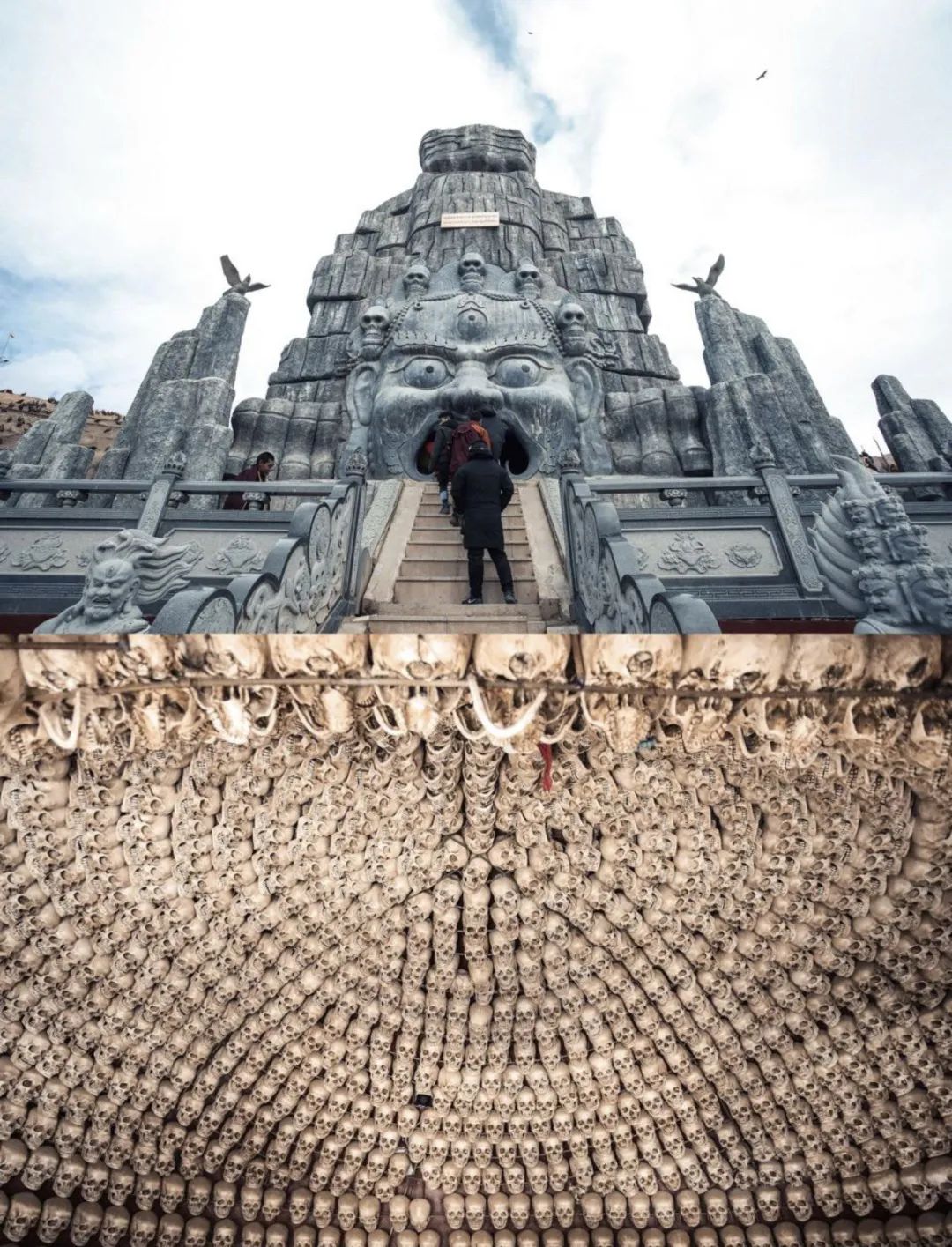
Not everyone can go to the Sky Burial Platform. Only those with prestige, status, and natural old age can do so. An hour before the sky burial begins, there are vultures hovering in the sky or perching on the hillside behind the sky burial platform. As the time for the sky burial approaches, there are more and more vultures, and finally they are densely packed on the entire hillside. .


For Tibetans, sky burial is a glorious act that takes life to heaven after death. Road, the deceased's relatives carry the body of the deceased in a bag to the sky burial platform After the sky burial master's skillful dismemberment, the overwhelming number of vultures They also fell around the sky burial platform and "brought" the corpse back to the sky, Seda, Tibet Sky burials are open to the public. To witness a sky burial requires not only courage but also Have reverence for the deceased Sky burial is a unique form of burial in Tibetan Buddhism and the only burial method in the world that is still allowed The place to visit Tibetan Buddhist sky burials is Seda.
There are some things to note when viewing sky burials:
1. There is a strong corpse smell during sky burial, so be sure to wear a mask.
2. Do not take photos during sky burial. This is disrespectful to both the deceased and Tibetan culture.
3. Jinma Prairie
From behind the mandala of Seda Buddhist Academy, you can see the entire Jinma Prairie.


On the Jinma Prairie, you can often see groups of yaks leisurely walking and grazing in the sun, creating a peaceful scene.
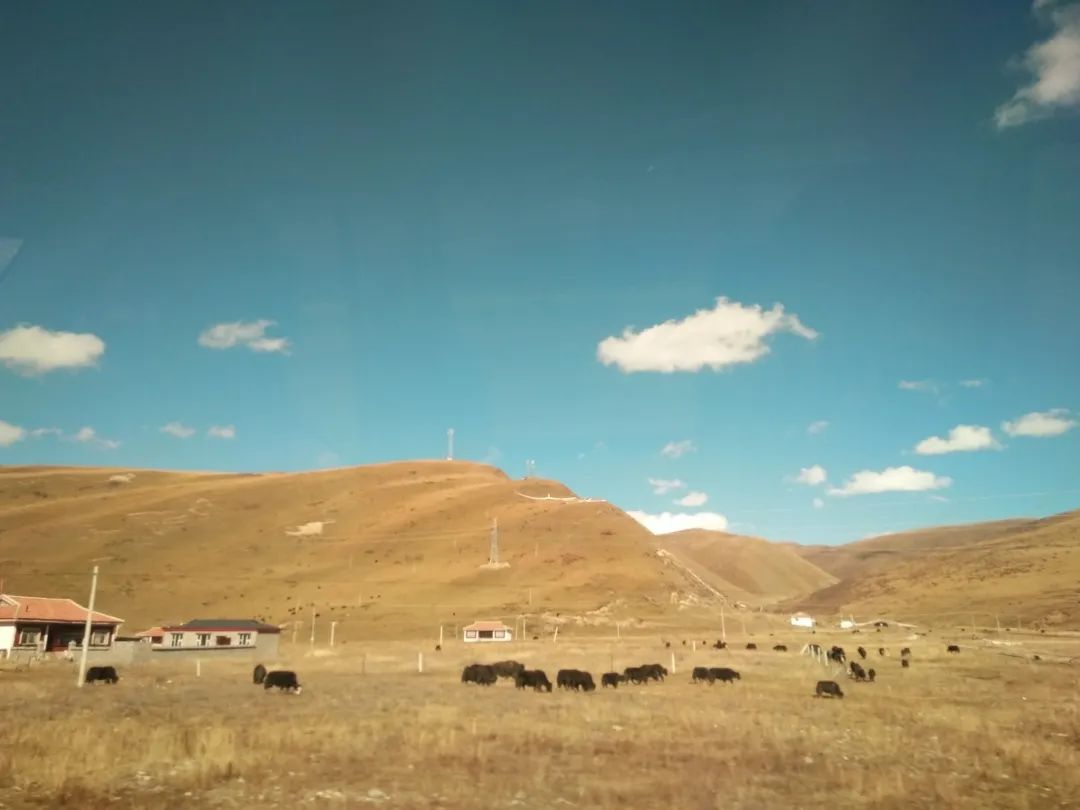
From May to October, you can also encounter the cute prairie dogs on the plateau. The prairie dogs here are not afraid of strangers and you can get in close contact with them. After November, as the weather gets colder, the prairie dogs hibernate, so there is basically no chance. You can see it.
